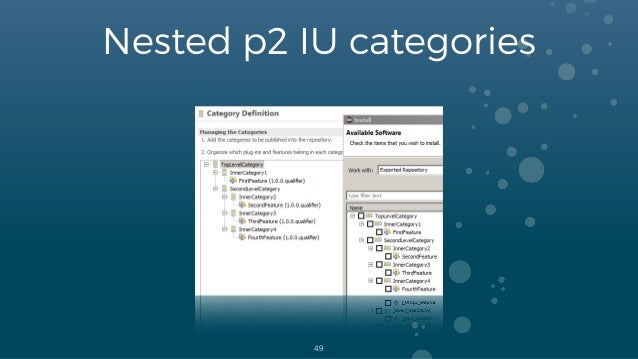

They vary by the language the projects are written in and the number of projects included. These studies have used differing open-source projects for their data. There has been ample research conducted with the hopes of understanding the introduction of bugs in code. This type of accountability was recently showcased by the Linux project’s ban on the University of Minnesota. If a developer consistently submits bugs, whether purposefully or not, they can be held responsible.

Second, the VCS keeps a log of authors and their changes, which keeps developers accountable. First, they allow other developers to review new code before finalizing it into the project, thus moderating its integrity and malicious or buggy code. These VCSs have two primary ways of preventing bugs. While these techniques are yet to be widely adopted, developers currently use cutting-edge version control systems VCS and repository hosting services, such as GitHub and Maven, where they employ a combination of branches, patches, and pull requests to mitigate the introduction of bugs to the core software.

Some software-bug-tracking products have also surfaced, such as BackLog and BUgZilla. Numerous methods have shown promise by leveraging techniques such as fuzzing, Graph Transformations, and Conditional Branch Enforcements. These findings will provide vital insight to help the open-source community mitigate the abundance of code and can be used in future research to aid in bug-finding programs. Further, we discuss how the day of the week and time of day a buggy code was written and fixed affects its resolution time. We find that bugs are fixed quicker if they are introduced and resolved by the same developer. Leveraging a statistical survival model and other non-parametric statistical tests, we found that there were two main categories of categorical variables that affect a bug’s life Time Factors and Author Factors. Using the commit history from the main development branch, we are able to identify the commit that first introduced 13 different types of simple stupid bugs in 617 of the top Java projects on GitHub. We apply a custom traversal algorithm to commits made for open source repositories to determine when “simple stupid bugs” were first introduced to projects and explore the factors that drive the time it takes to fix them. To further the efforts toward a more effective and quicker response to bugs, we must understand the factors that affect the time it takes to fix one. Although these platforms are effective in mitigating the problem, it still remains. Well-established version control systems and repository hosting services such as GitHub and Maven provide a checks-and-balances structure to minimize the amount of buggy code introduced. One of the most prominent issues the ever-growing open-source software community faces is the abundance of buggy code.


 0 kommentar(er)
0 kommentar(er)
